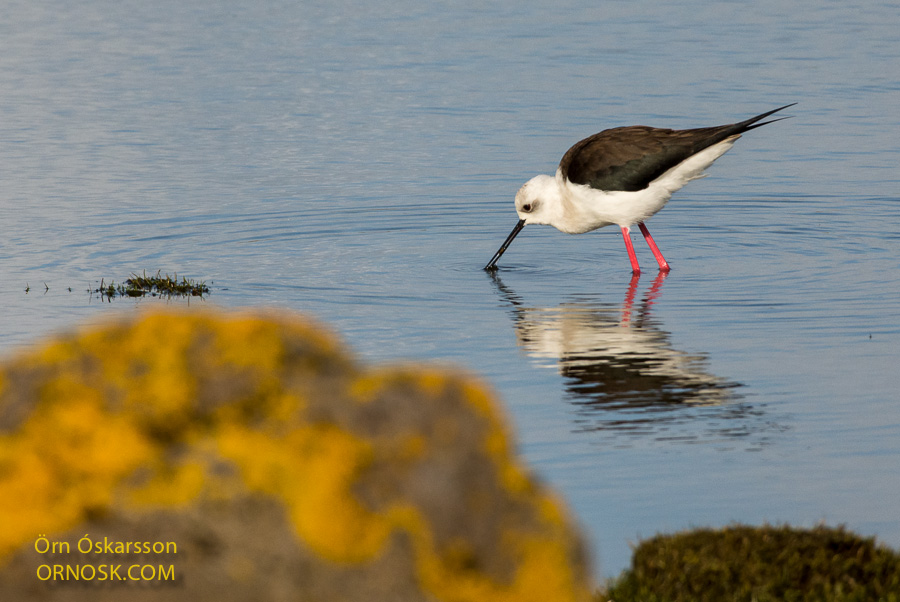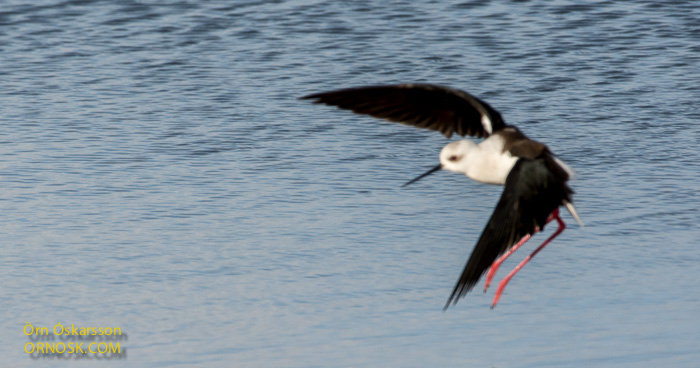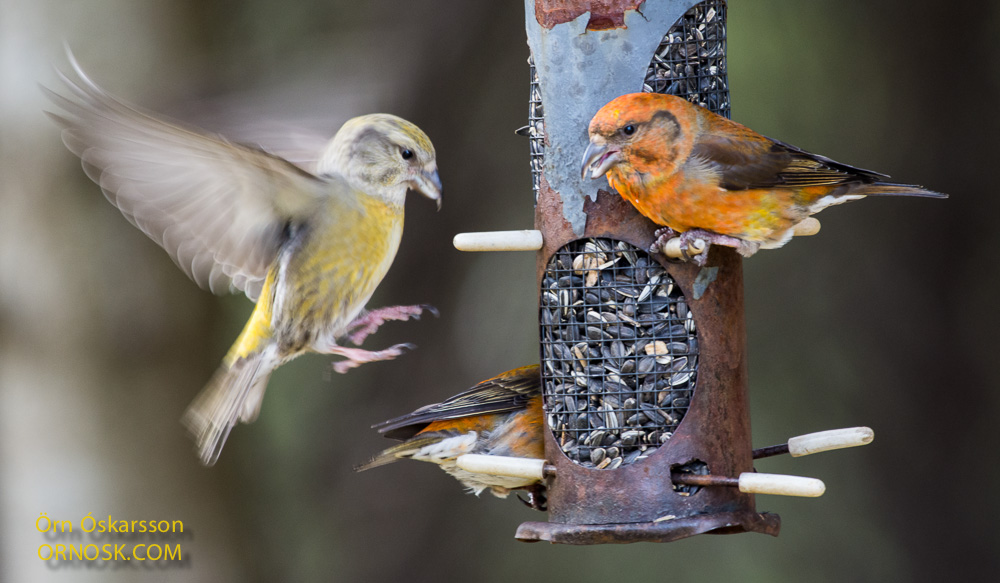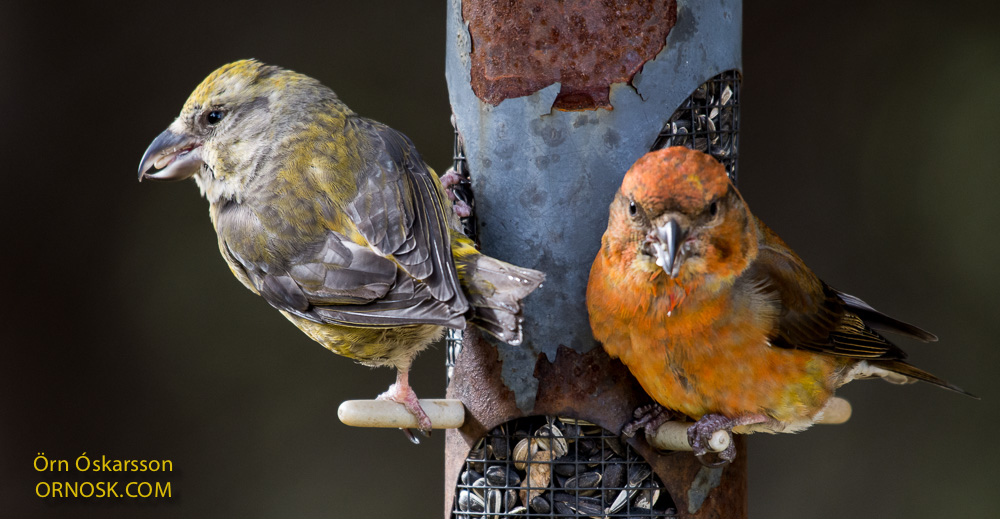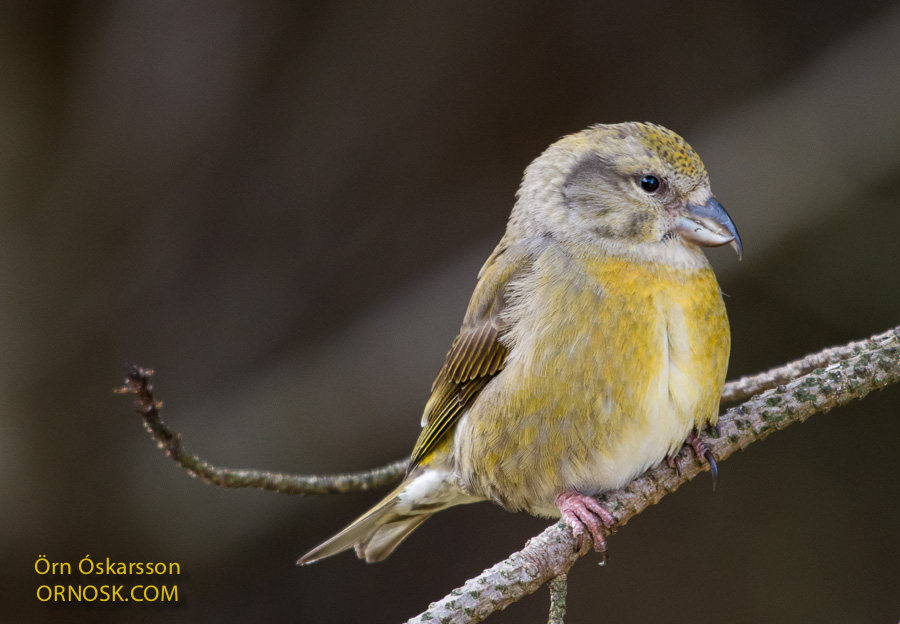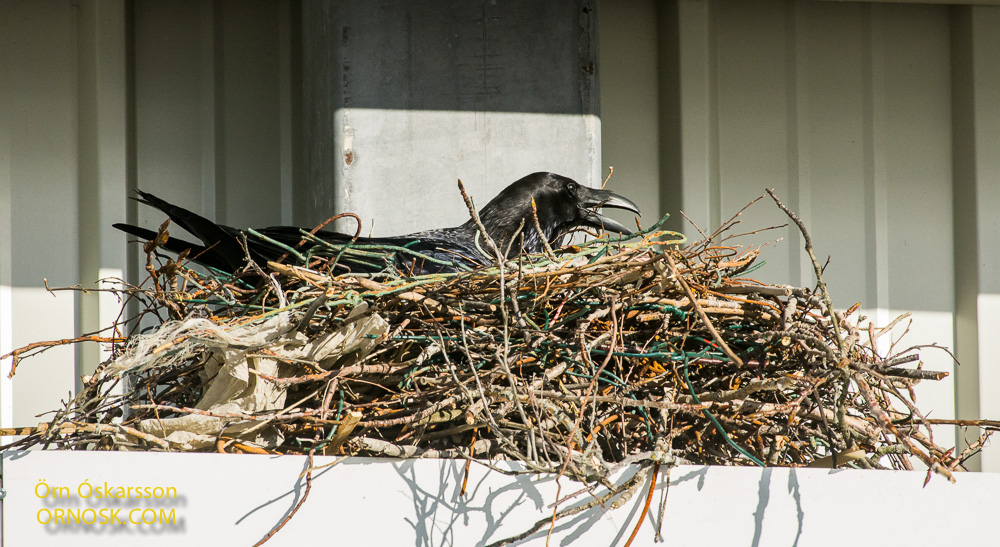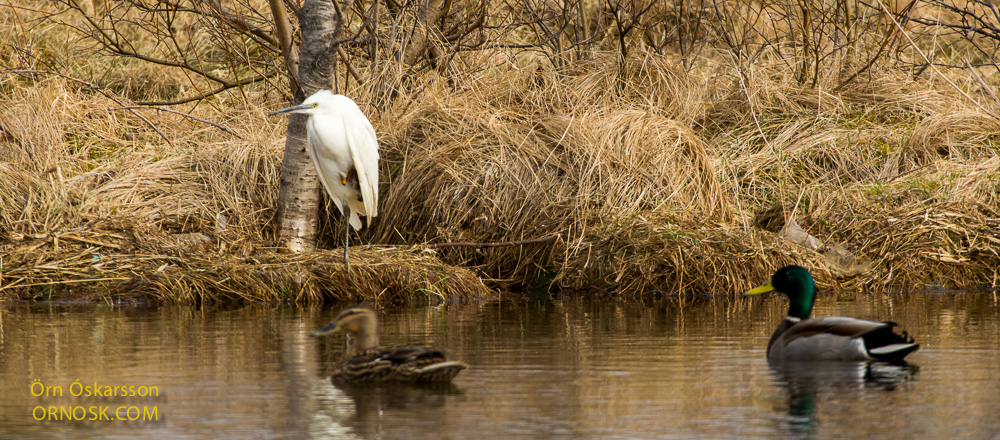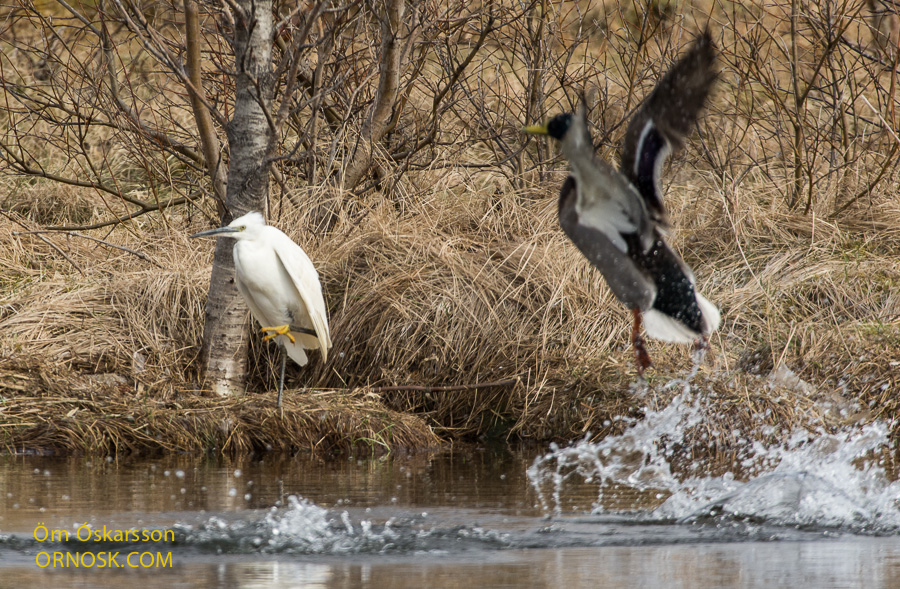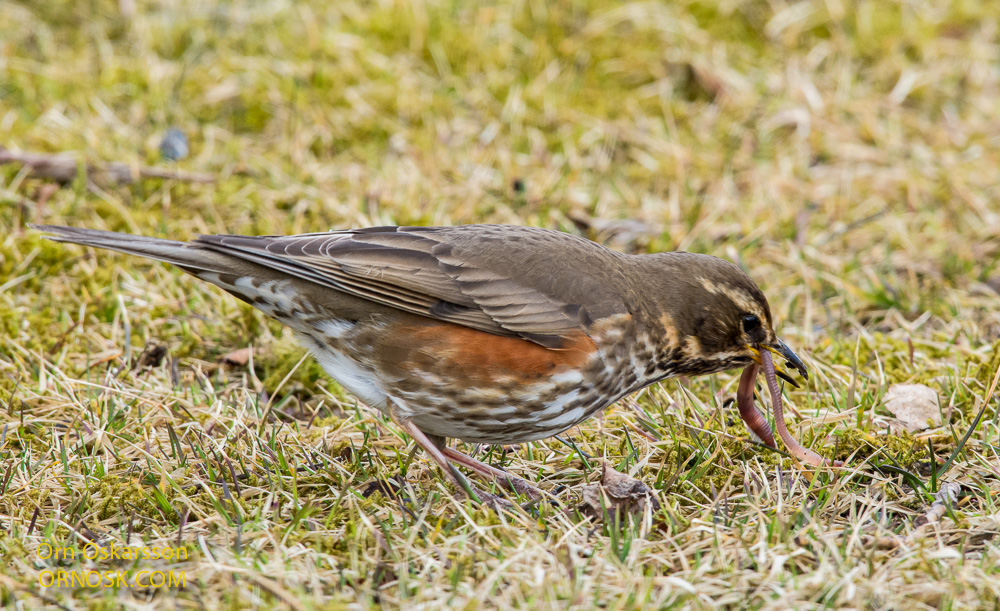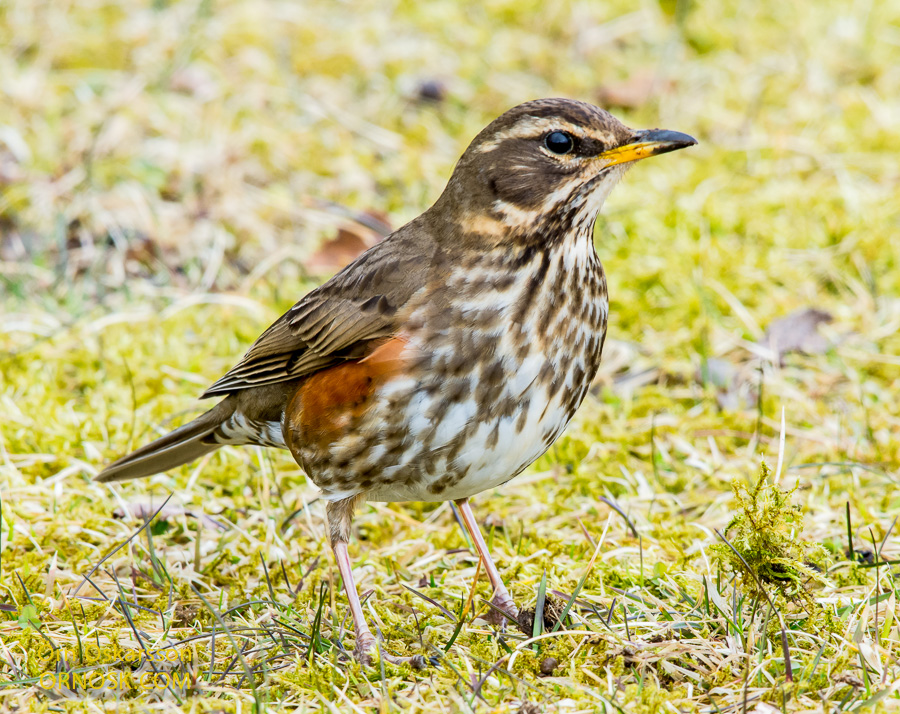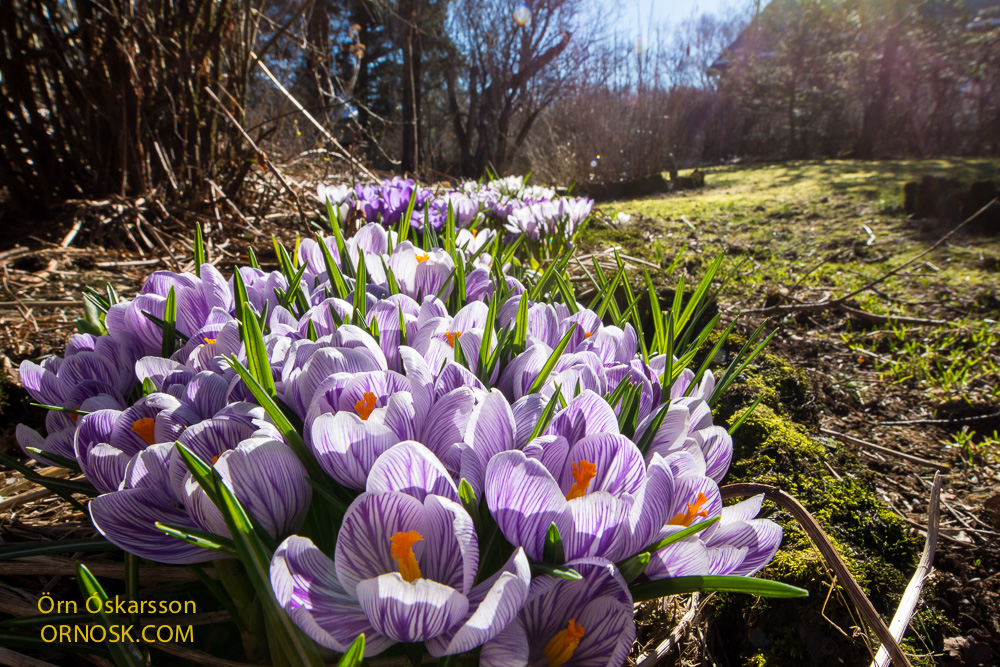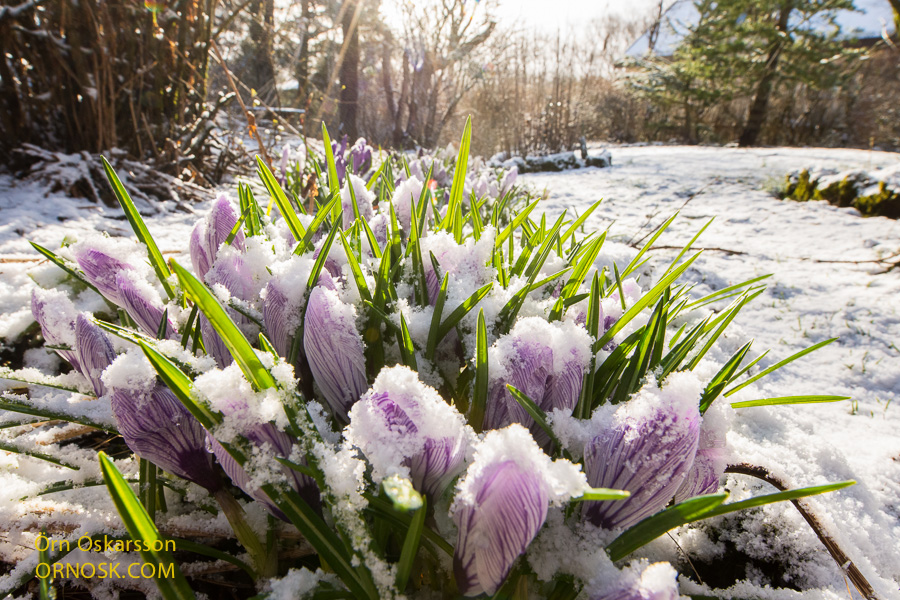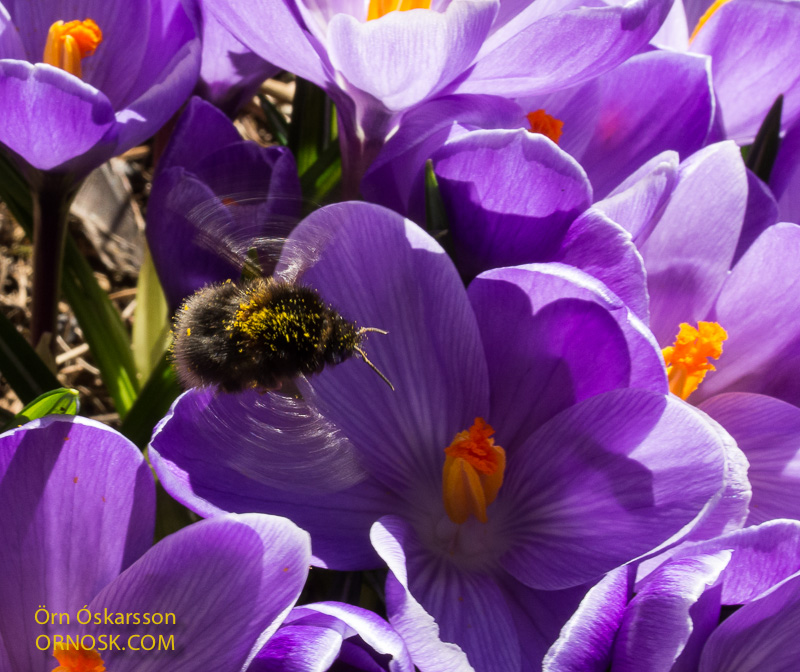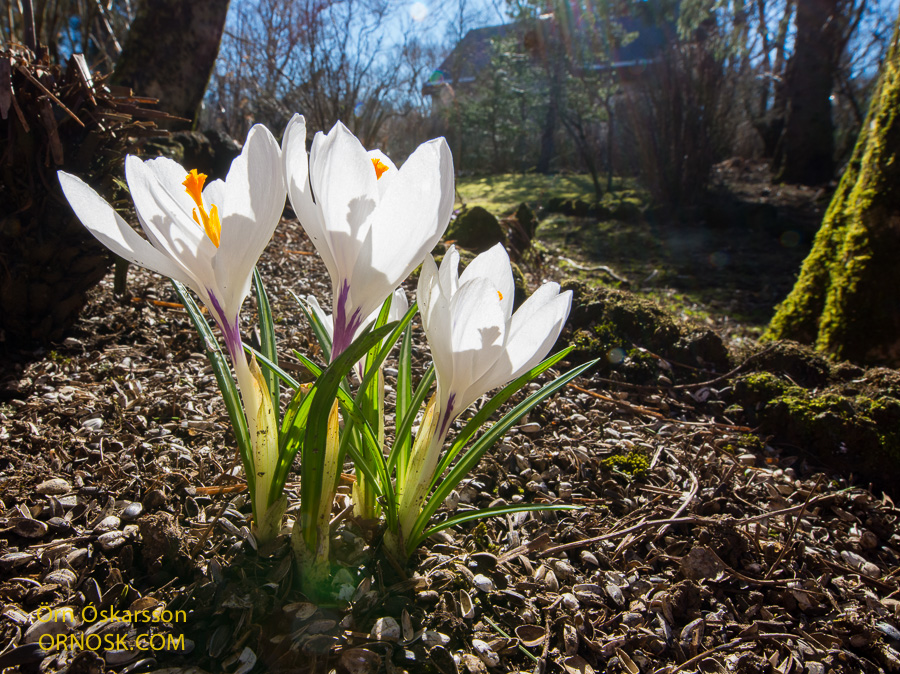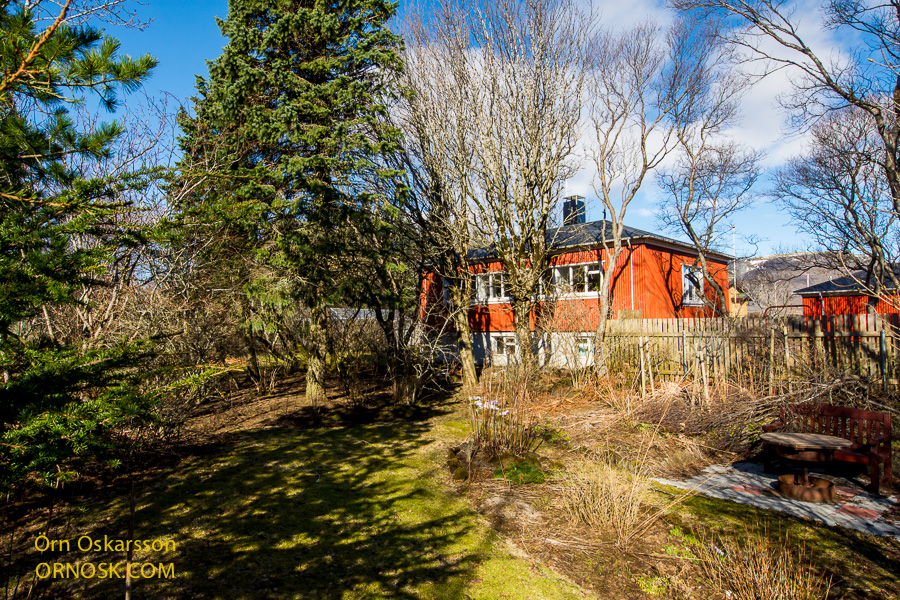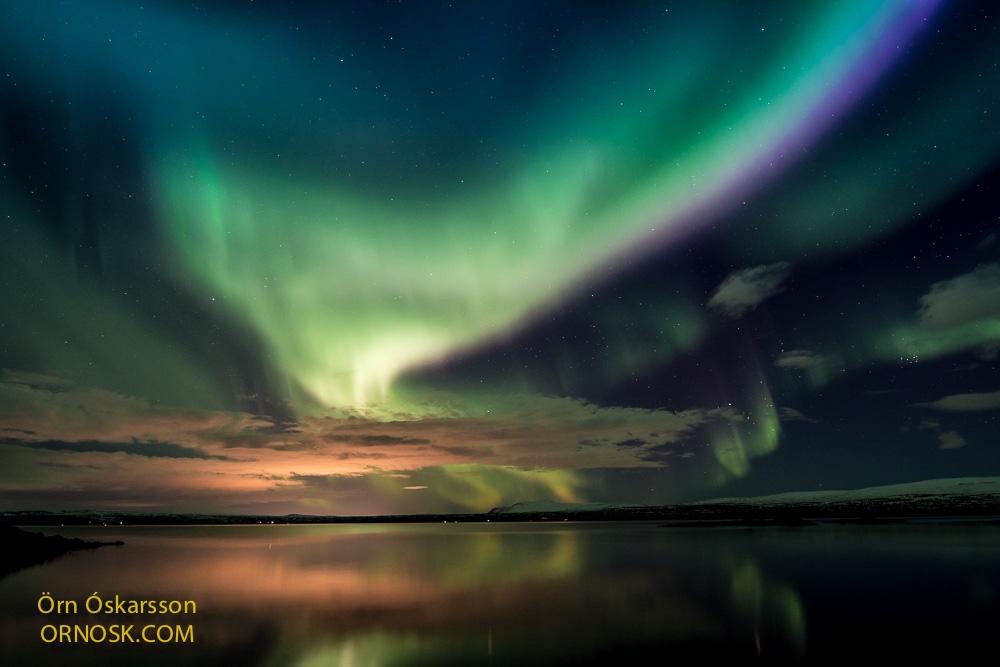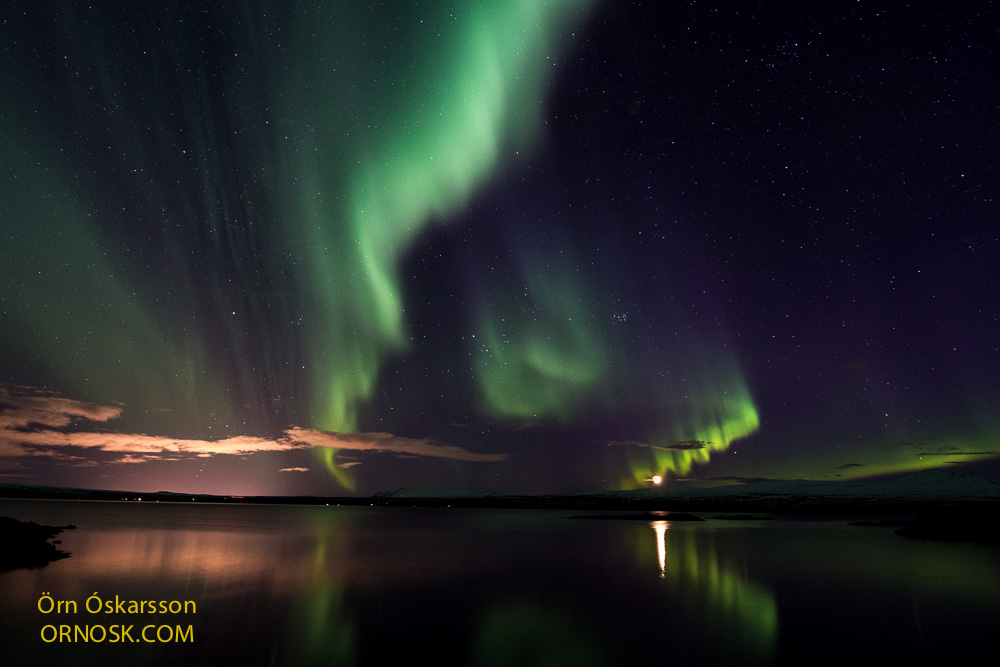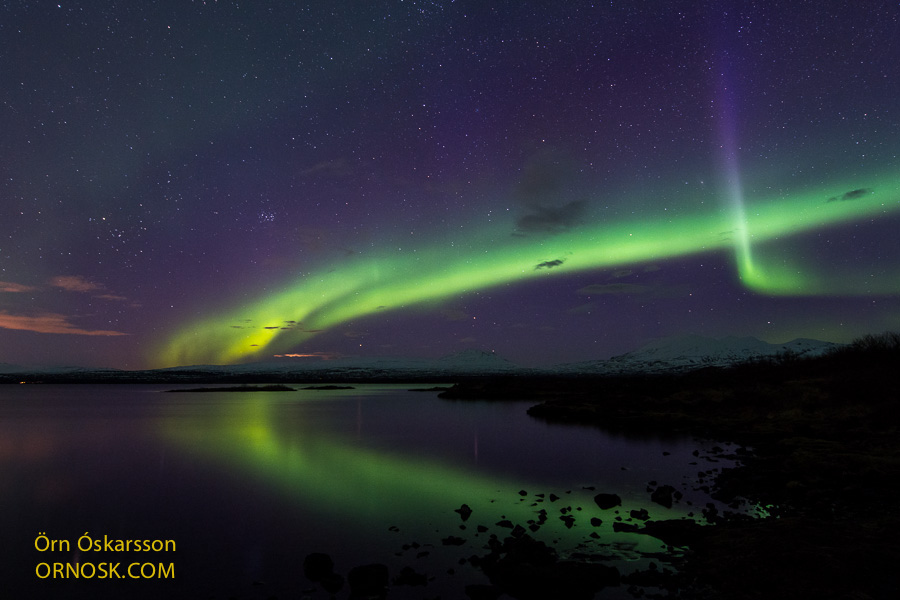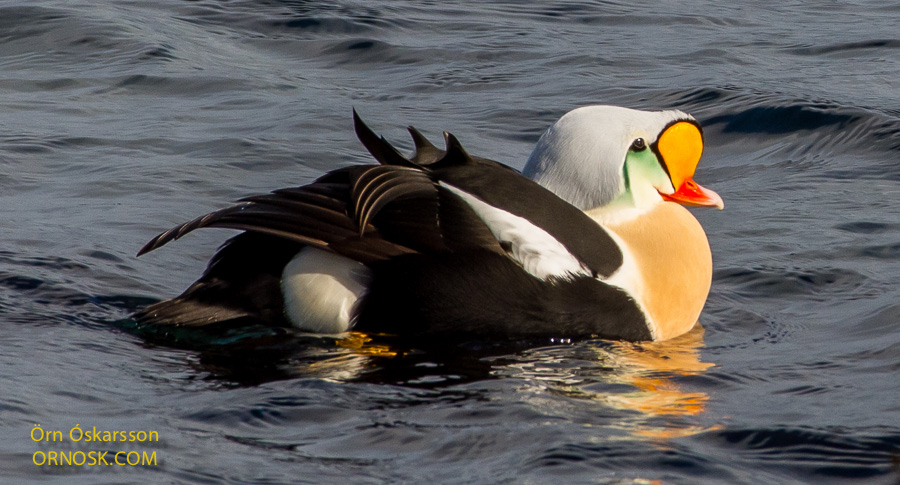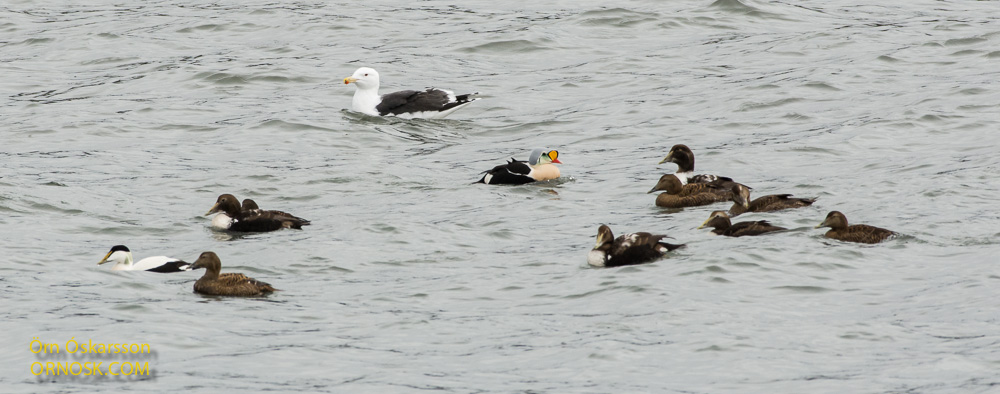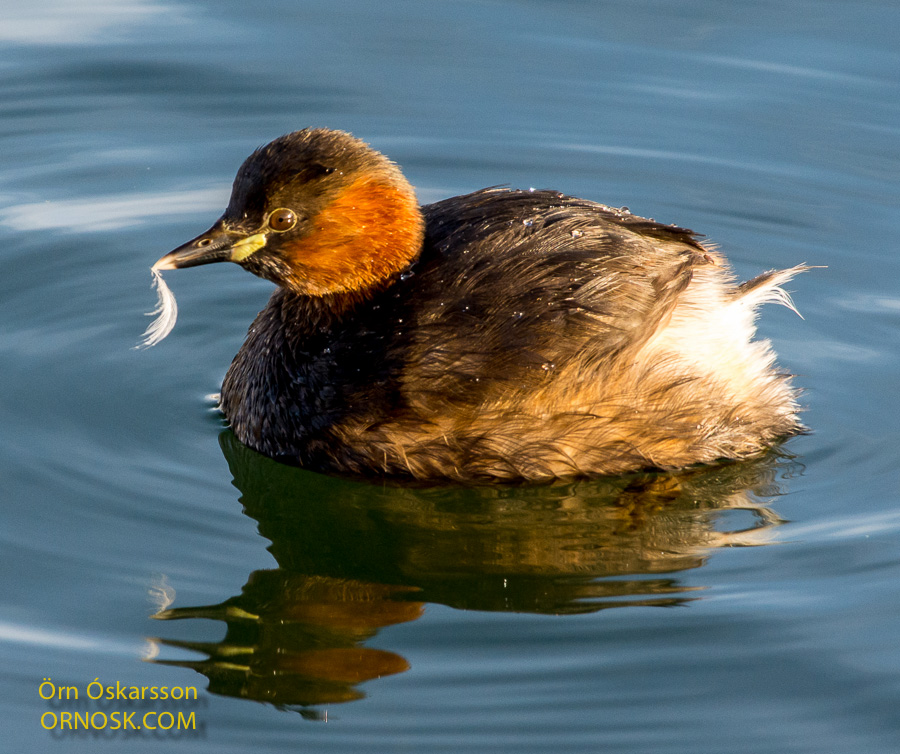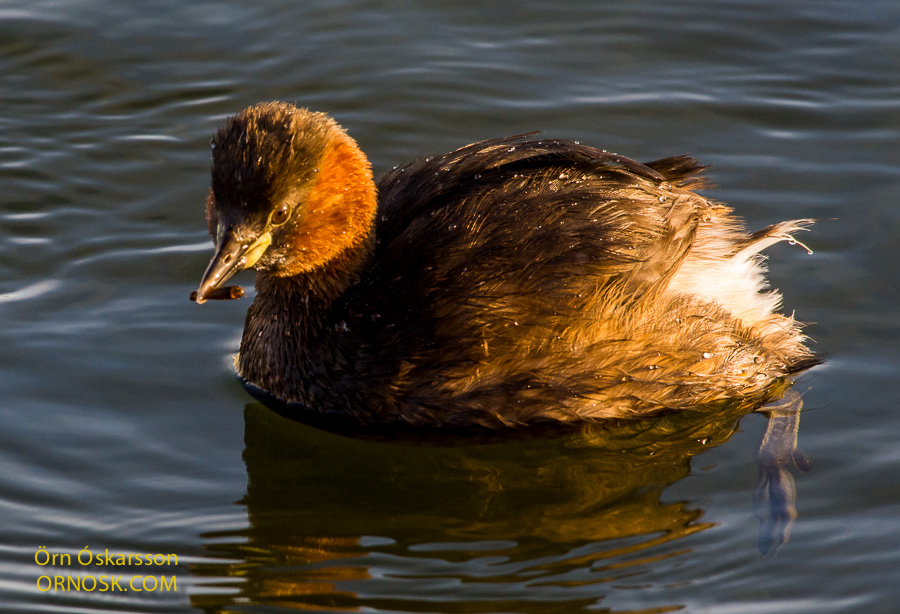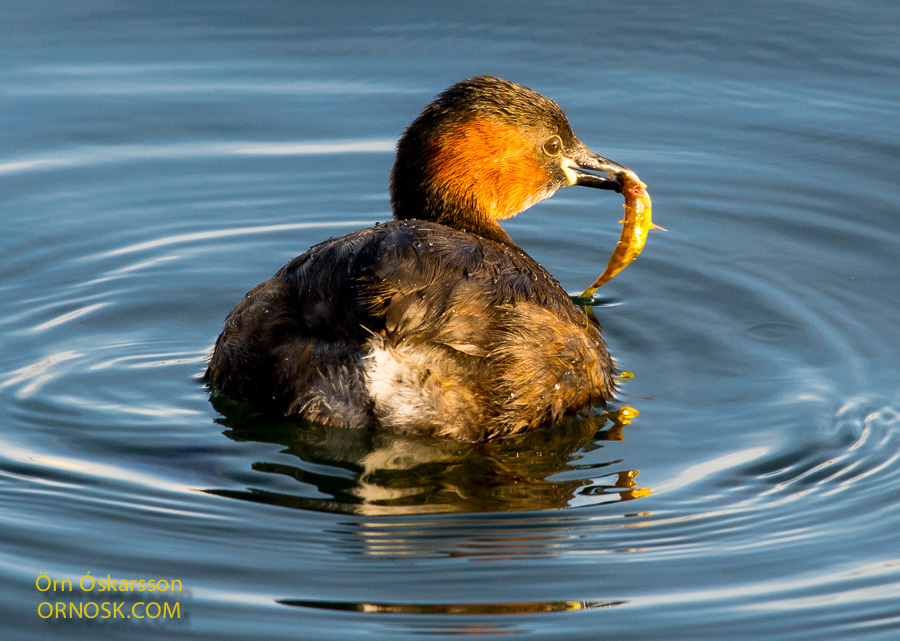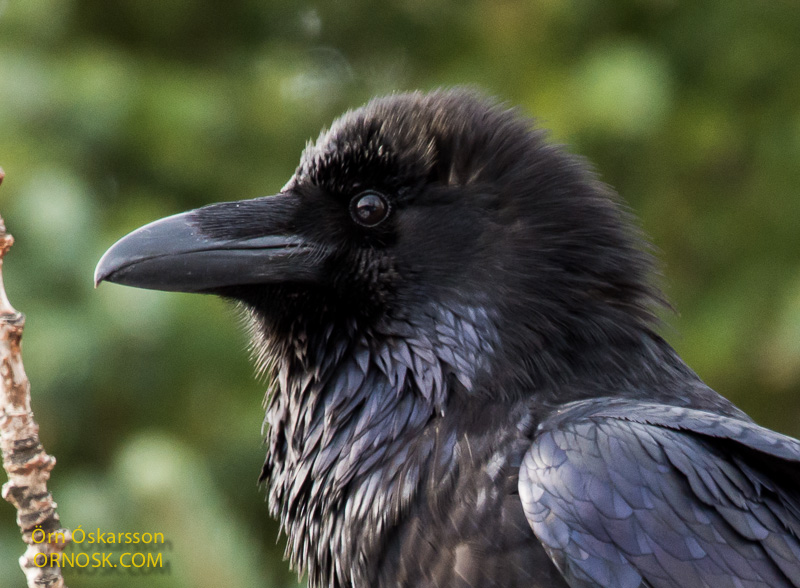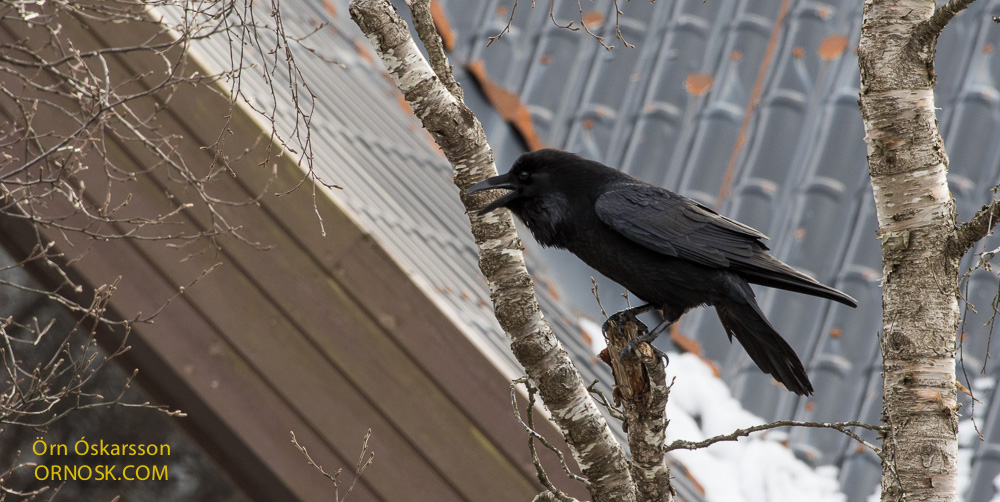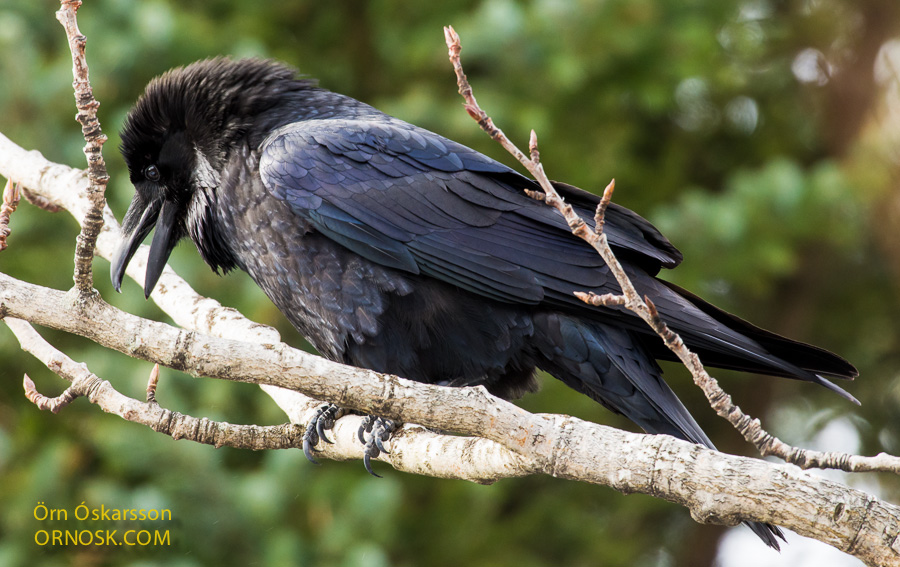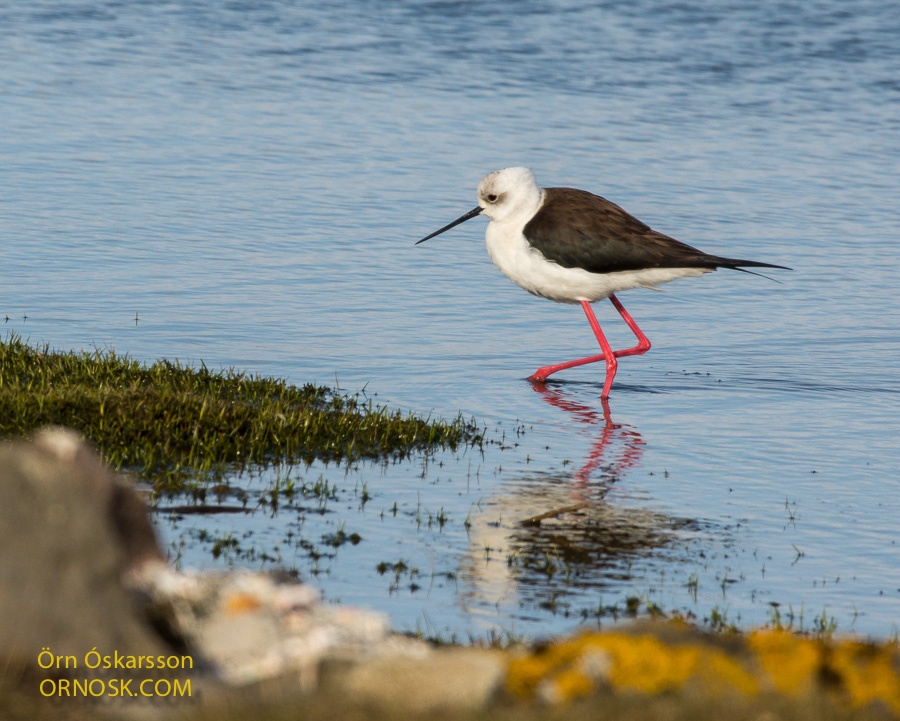
A Black-winged Stilt has been spotted in Iceland for the first time. It must have got a bit mixed up and added several thousand km to its migration route over the Atlantic Ocean. Its habitat is in Central Asia and the southern part of Europe, around the Mediterranean, and up the west coast of France. It winters in the southern part of Africa.
The most prominent feature of the Black-winged Stilt is its very long red legs. With these long legs it can go farther out than many other waders which is convenient when searching for food. It lives in both fresh and salt water, by the shore, in ponds and marshes.
The Black-winged Stilt was first seen on April 20 in Gardur in Reykjanes Peninsula. The bird is there still and a lot of birders and photographers have visited the area to add this special bird to their lists.


